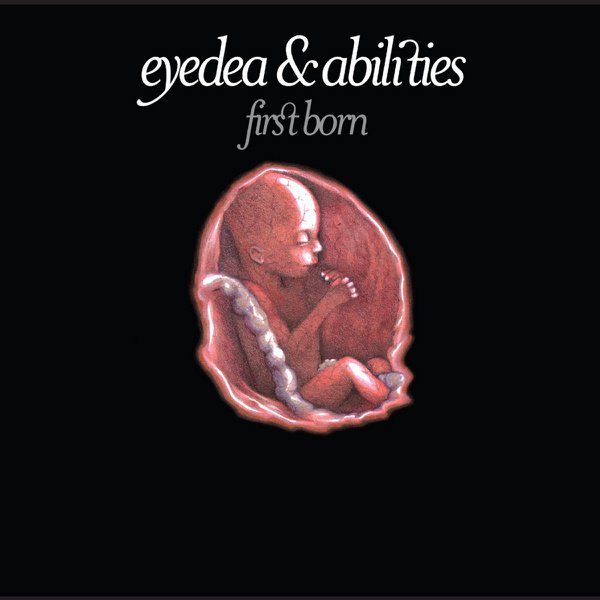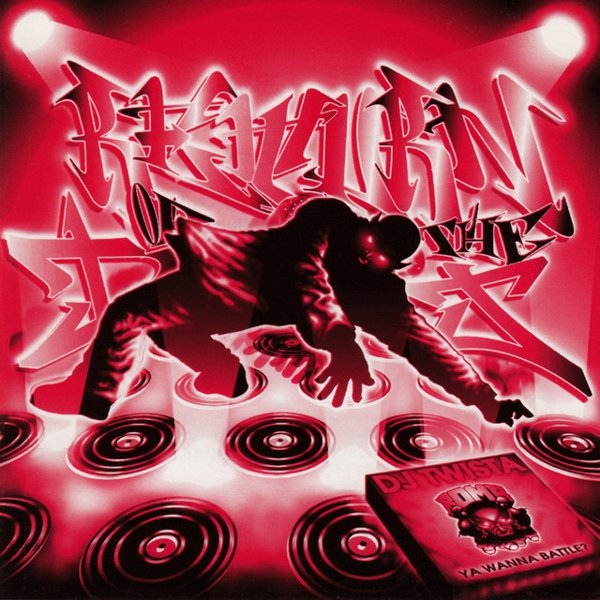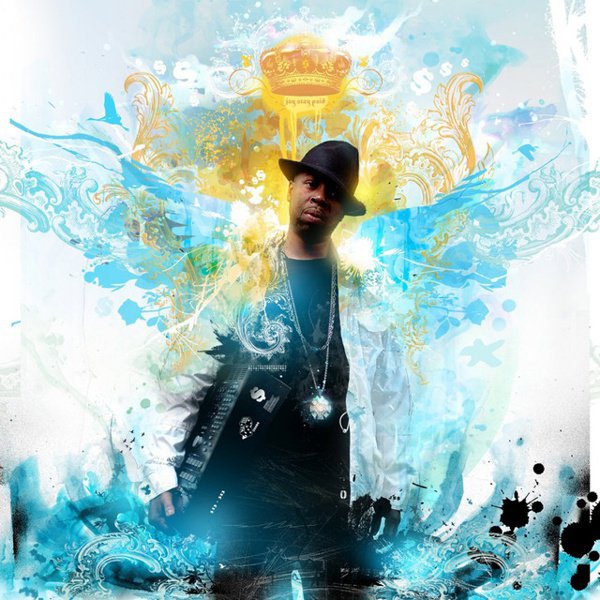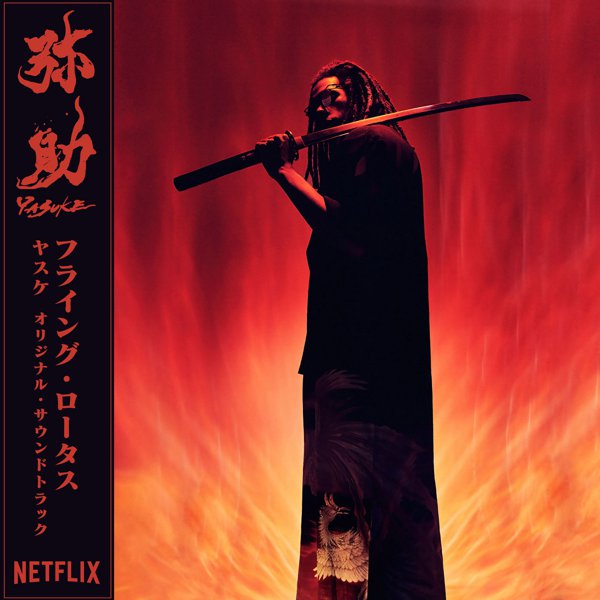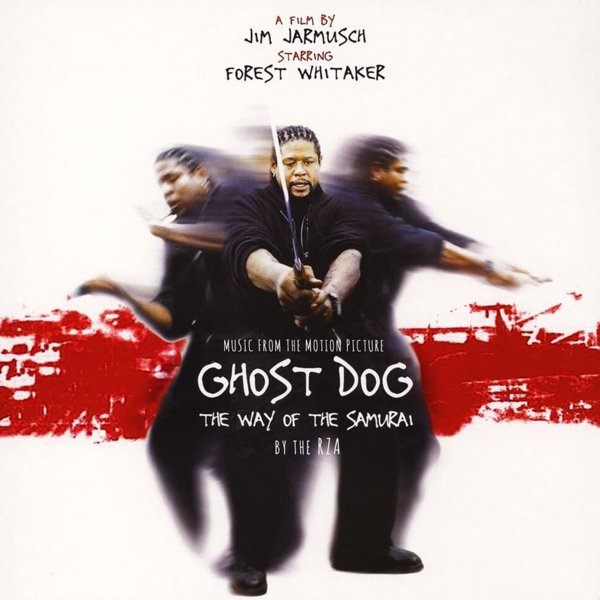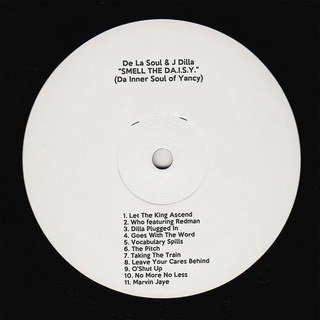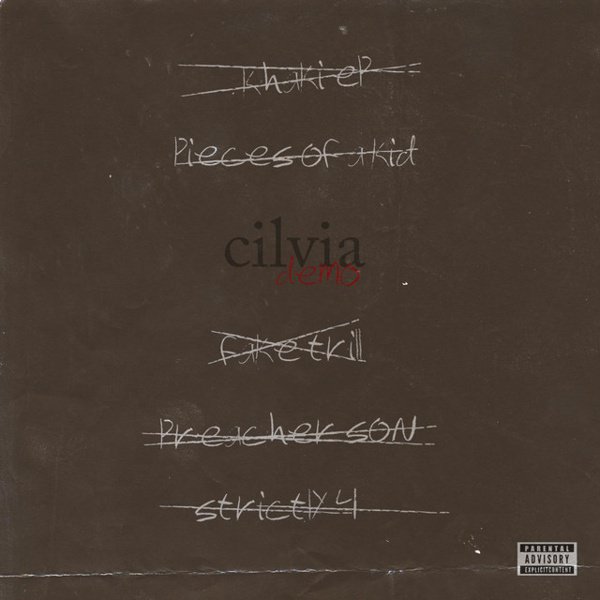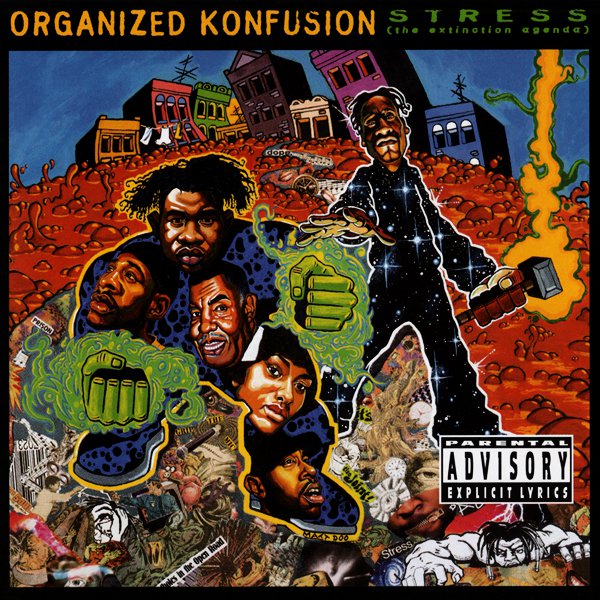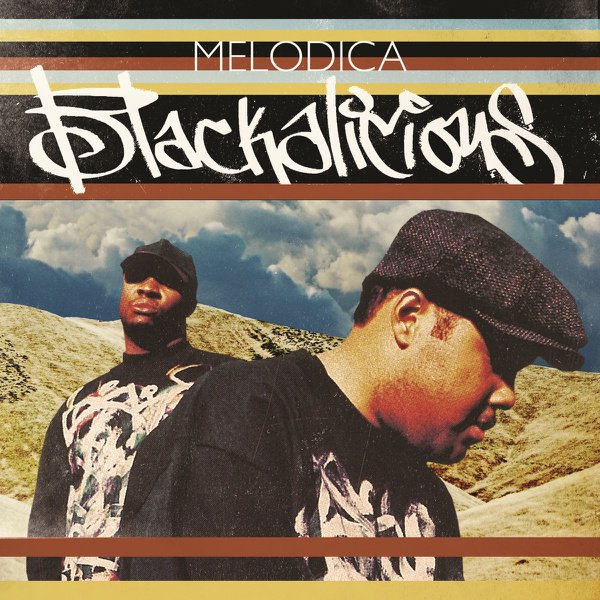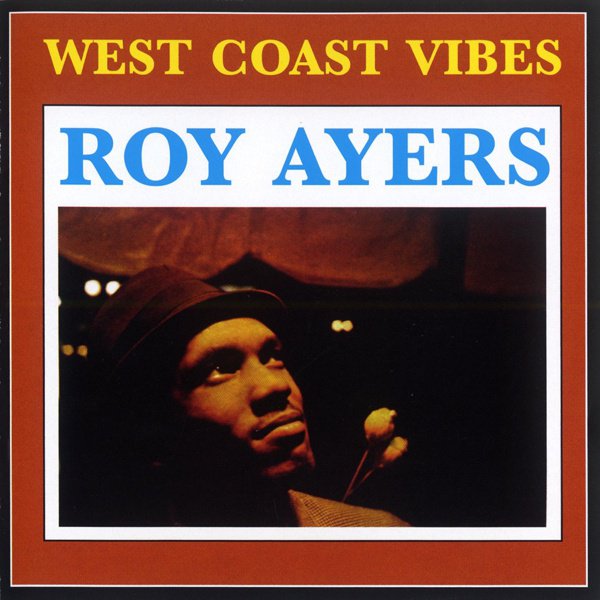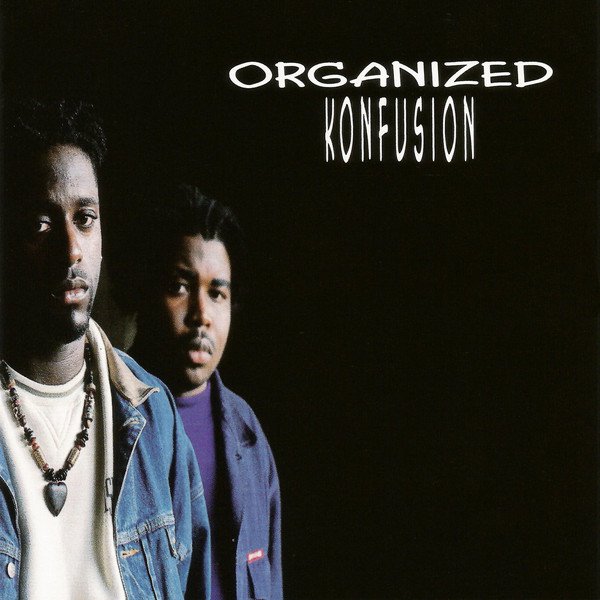Loft
Oslo producer/multi-instrumentalist Ole-Birger Neergård is something of a multi-plane revivalist. He’s been algorithmically slotted into the mellow, soul-jazzy, Dilla/Nujabes-informed “lo-fi hip-hop beats” scene, but Ol’ Burger Beats sidesteps the latter-day cliches around that movement by emphasizing the lineage of what those aforementioned producers and their cratedigger peers built those sounds around. The spin on Loft is its stated connection to the New York City “loft jazz” scene of the mid ’70s, where Neergård sinks deep into the free-form spiritual communalism and adaptive, limited-resource ingenuity of this DIY music. And while it takes advantage of the reinterpretive possibilities of sampling and the ability for modern tech to emulate the ambience and fidelity of old analog tech, Loft is also something more roots-minded than that. Neergård takes on the role as a producer/bandleader whose loping drum tracks are expressive in their simplicity but whose most deepest-felt presence here comes through the wavering, glowing tones of his electric piano. And the musicians he brings in here are bonafide, three veteran horn and woodwind players with their own formative experiences in the spiritual jazz ’70s. Ralph Thomas, whose Eastern Standard Time is a lost classic of independent jazz, graces the album with glimmering flashes of vibraphone (“Arid”) and flute (“Layers”) and alto sax (“Return”) that finds emotional depth in spacious nuance. Tenor player Idris Ackamoor, whose group the Pyramids parlayed with Cecil Taylor and spread the word from Antioch College to Africa, shines in his walk-on role for “Split Seconds,” his relaxed-yet-vigorous solo playing well off Neergård’s wafting sense of calm. And Tribe label/collective co-founder Wendell Harrison’s contributions — clarinet on “Two Tribes,” and tenor sax on “The Garden” — sound deeply peaceful while never feeling entirely in repose. Meanwhile Neergård’s acknowledgements run deep even when he’s flying solo; check out his gorgeous, funky-yet-elegaic tribute to a late, great pillar of the L.A. beat scene in “For Ras G.”


